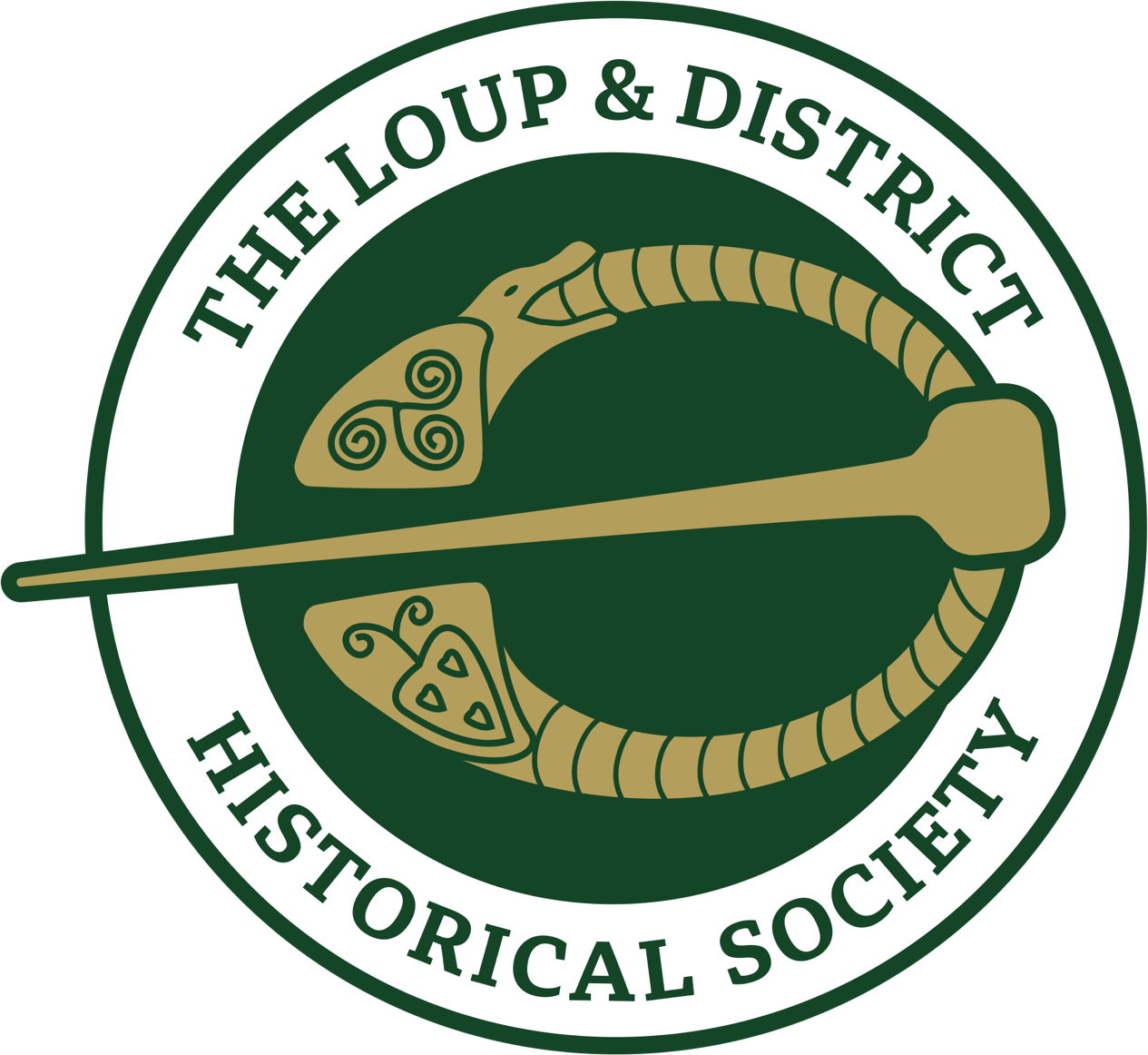24 girls left Magherafelt Workhouse on the Earl Grey scheme 1848-1850. The descendants of two of these girls have kindly shared their family history covering their lives. We are very grateful to Noeleen Lloyd for her story about Jane Hutchinson and to Peter Hansen for his story about Ann Trainer. Jane Hutchinson (1833-1908) It is recorded […]
Thousands of people lie buried in the three graveyards which surround the former site of the Magherafelt workhouse. At least three burial grounds were in use during the lifetime of the workhouse (see map for location). Unfortunately, a burial register for the workhouse does not survive, but for some there are ways of ascertaining who […]
The early years of the workhouse also witnessed the assisted emigration of ‘inmates’, although these were not as well remembered in social memory as the so-called ‘Earl Grey Orphans’ of 1848 to 1850. The assisted emigrants included thirty adults and nine children in 1847 in an effort to reduce the burden on the house and […]
Even before the onset of the Famine, the Magherafelt Poor Law Guardians believed that that a fever hospital separate to the main building was needed to prevent serious outbreaks of disease. This was forward thinking and in a number of poor law unions throughout Ireland this was to have disastrous effects when the Famine struck. […]
Although often seen as a place of last resort, the workhouse provided safe haven from the harsh Irish weather. It also provided regular meals, although the diet in the workhouse varied from time to time and there many occasions when the ‘inmates’ were unhappy with their lot. On the eve of the Famine the diet […]
One of the reasons why people were so reluctant to enter the workhouse was that upon entering the building men, women, and children were separated throughout the course of their stay. Infants, usually classified as under two were allowed to remain with their mother as there were being breastfed. Only occasionally were people allowed to […]
While attempts were made to alleviate the Famine crisis through emergency relief measures such as the importation of grain, public works schemes and soup kitchens, from 1847 British governments increasingly turned to assisted emigration as part of the solution. By December 1847, overcrowding in the workhouses had reached crisis point. The annual report of the […]



